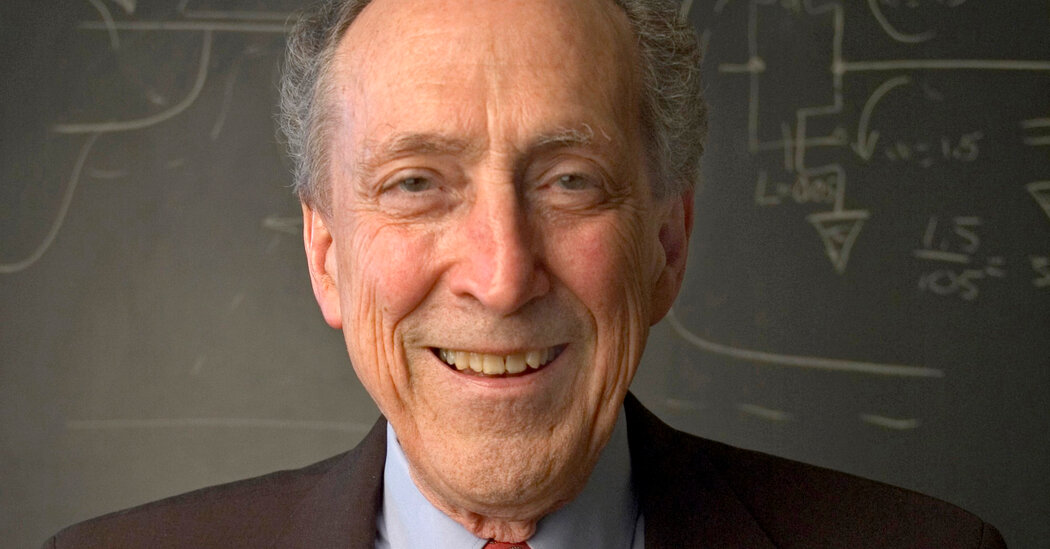He invented DRAM, the technology that allowed for the faster and higher-capacity memory storage that is the basis for modern computing.
Robert H. Dennard, an engineer who invented the silicon memory technology that plays an indispensable role in every smartphone, laptop and tablet computer, died on April 23 in Sleepy Hollow, N.Y. He was 91.
The cause of death, at a hospital, was a bacterial infection, said his daughter, Holly Dennard.
Mr. Dennard’s pioneering work began at IBM in the 1960s, when the equipment to hold and store computer data was expensive, hulking — often room-size machines — and slow. He was studying the emerging field of microelectronics, which used silicon-based transistors to store digital bits of information.
In 1966, Mr. Dennard invented a way to store one digital bit on one transistor — a technology called dynamic random-access memory, or DRAM, which holds the information as an electrical charge that slowly fades over time and must be refreshed periodically.
His discovery opened the door to previously unimaginable improvement in data capacity, with lower costs and higher speeds all using tiny silicon chips.
DRAM has been the basis of steady progress in the decades since. High-speed, high-capacity memory chips hold and quickly shuttle data to a computer’s microprocessor, which converts it into text, sound and images. Streaming videos on YouTube, playing music on Spotify or Apple Music and using A.I. chatbots like ChatGPT depend on them.
“DRAM has made much of modern computing possible,” said John Hennessy, chair of Alphabet, Google’s parent company.
